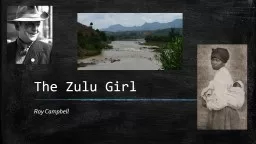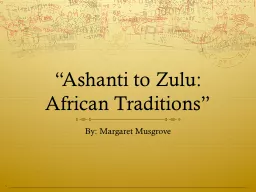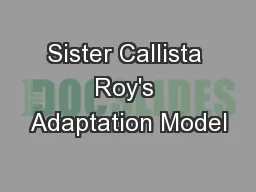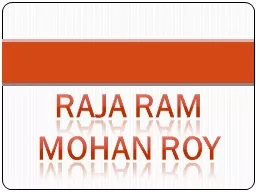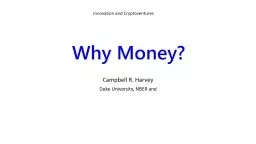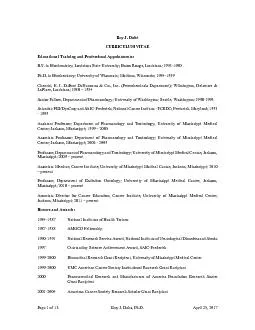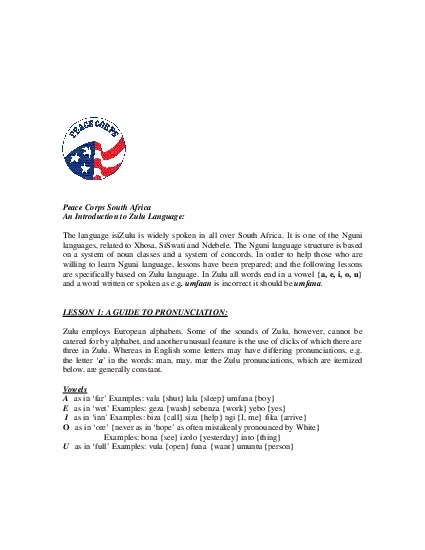PPT-The Zulu Girl Roy Campbell
Author : natalia-silvester | Published Date : 2018-09-26
The Zulu Girl When in the sun the hot red acres smoulder Down where the sweating gang its labour plies A girl flings down her hoe and from her shoulder Unslings
Presentation Embed Code
Download Presentation
Download Presentation The PPT/PDF document "The Zulu Girl Roy Campbell" is the property of its rightful owner. Permission is granted to download and print the materials on this website for personal, non-commercial use only, and to display it on your personal computer provided you do not modify the materials and that you retain all copyright notices contained in the materials. By downloading content from our website, you accept the terms of this agreement.
The Zulu Girl Roy Campbell: Transcript
Download Rules Of Document
"The Zulu Girl Roy Campbell"The content belongs to its owner. You may download and print it for personal use, without modification, and keep all copyright notices. By downloading, you agree to these terms.
Related Documents

